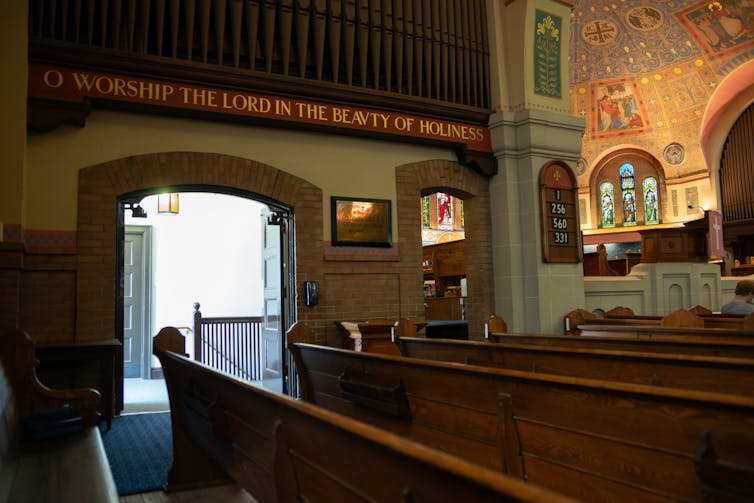On June 9, St. Anne’s Anglican Church in Toronto’s Little Portugal neighbourhood was substantially damaged by fire. The church was designated as a National Historic Site in 1997 , in part due to its unique collection of murals that included rare examples of religious-themed Group of Seven artwork.
A historian characterized the fire as a “catastrophe for Canadian architecture, Canadian art and Canadian heritage.” When I visited the site of the fire on the day after the blaze, it was difficult to take in the sight of the fire-ravaged church. Bystanders were struggling to make meaning of the profound loss , and clergy displaced by the fire were on the streets to provide solace.

Read more: The St. Anne's fire in Toronto highlights the significance of space for cities and communities The church is now trying to regroup by moving activities to a parish hall, and a GoFundMe campaign is underway to support rebuilding . The study of protection of historic sites during disaster tells us that cultural heritage is a fixed and nonrenewable resource.
In St. Anne’s Church, a collection of religious murals — including some by the Group of Seven — form part of Toronto’s cultural patrimony that has now been lost. At the time of writing, fire investigators are still determining the cause of the St.
Anne’s Church fire. Arson is not suspected . From a fire safety perspective, historical structures present unique fire safety challenges .
St. Anne’s church was built between 1907.























